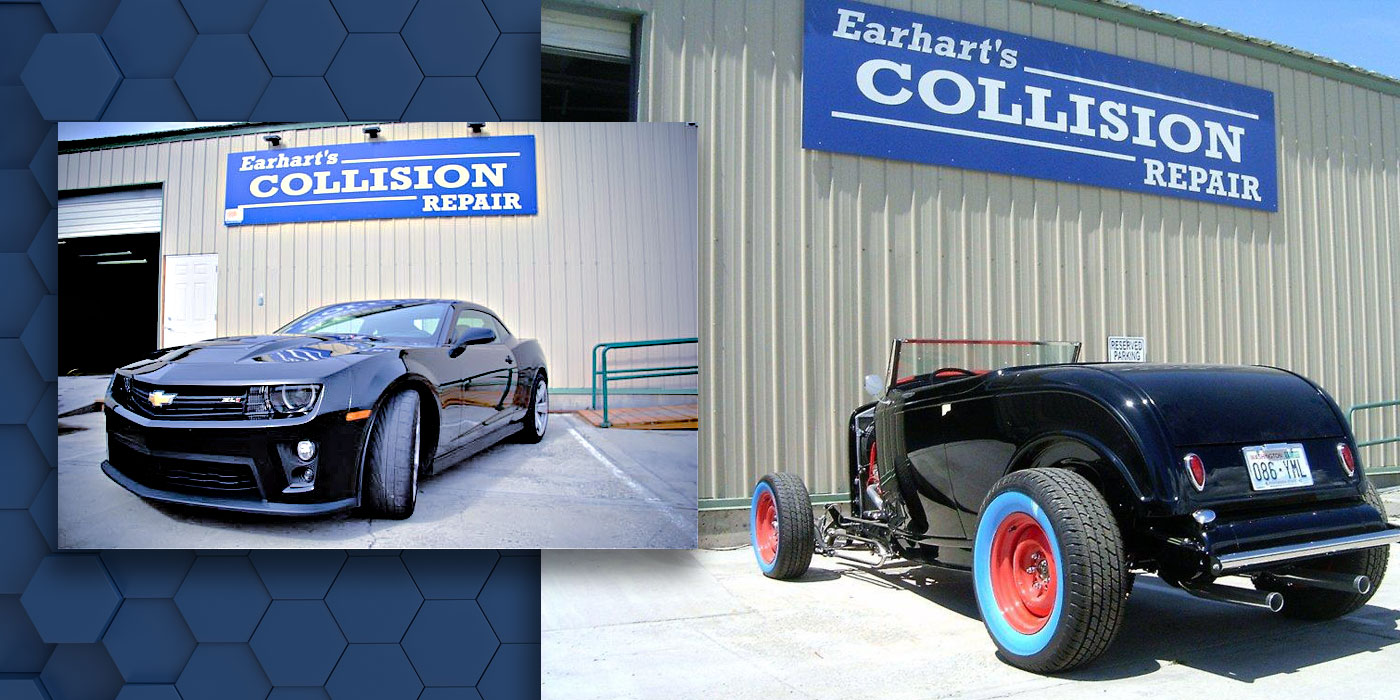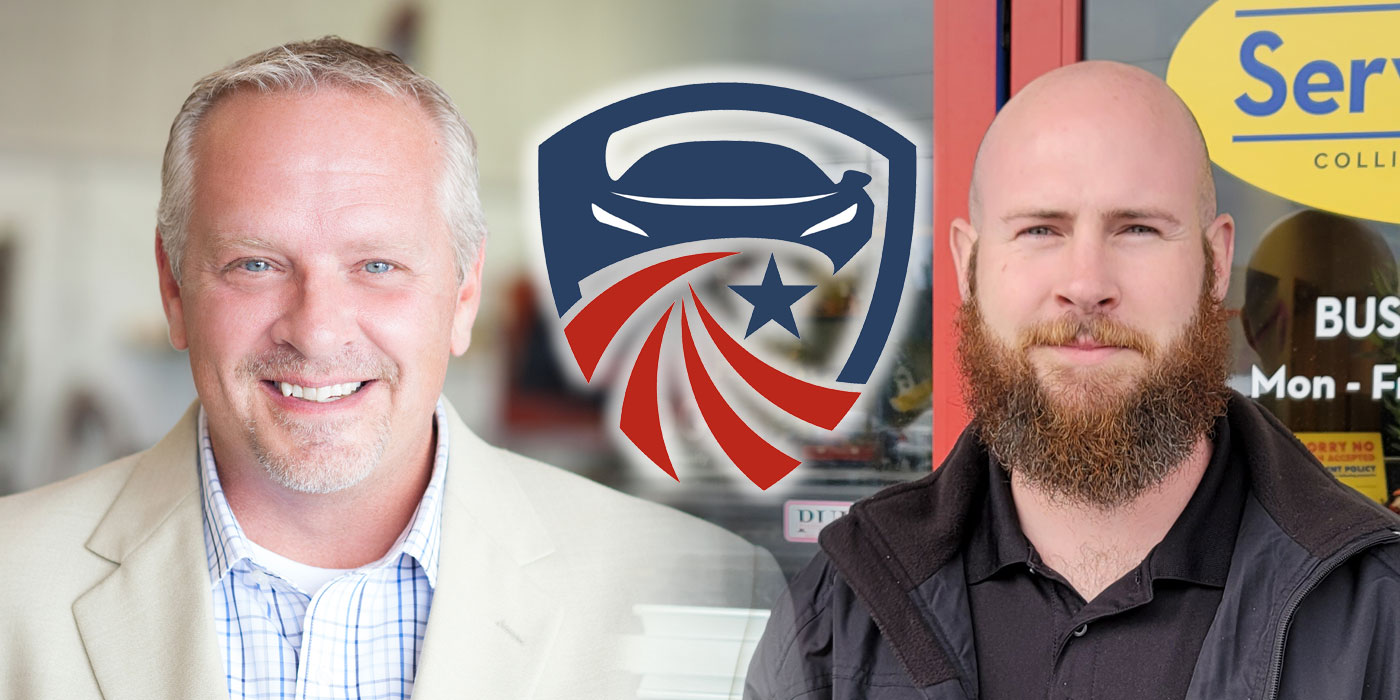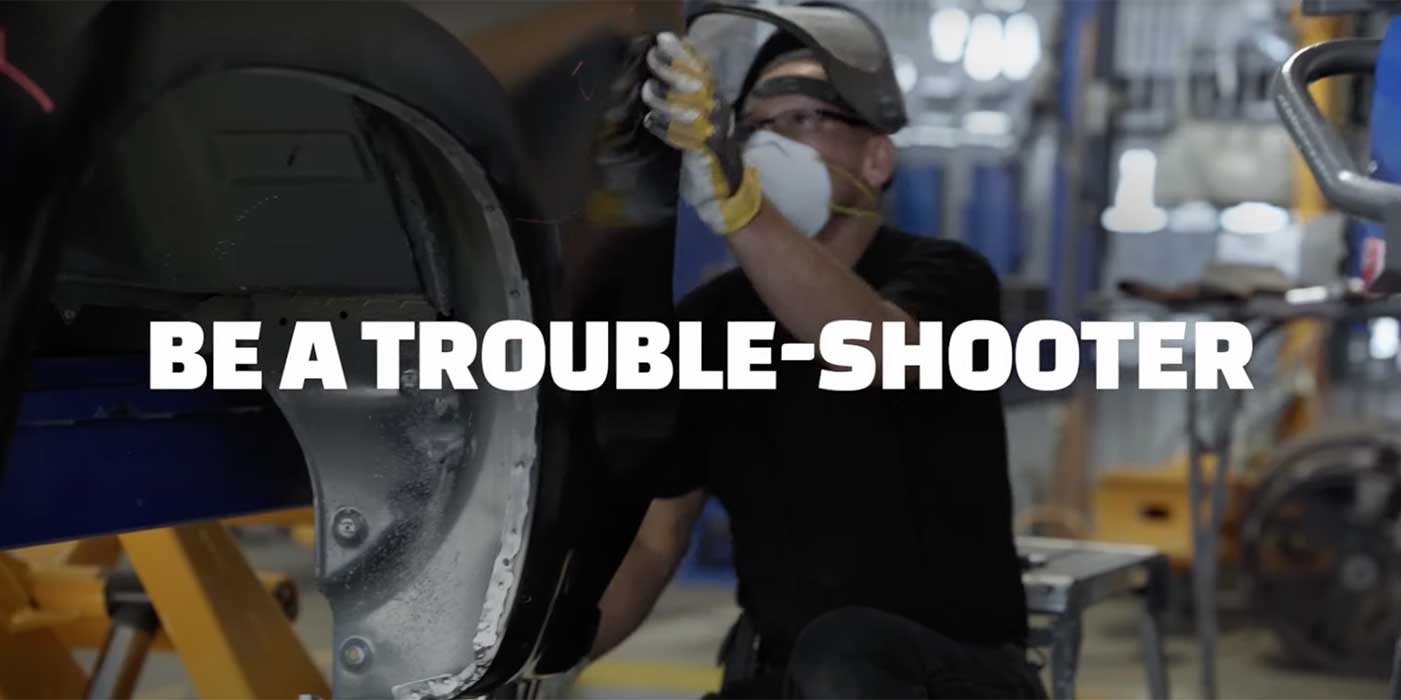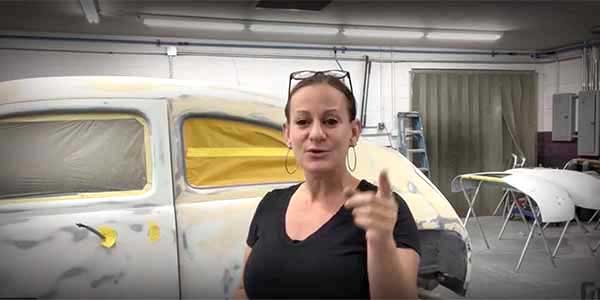Have you taken a moment to count the “help wanted” signs on your way to work recently? It probably wouldn’t surprise you to note how many there are. Restaurants, retail stores, body shops and everything in between are all looking for workers — yet there are few to be found.
But with so many Americans still out of work and so many job openings available, why is there even a shortage? There are several purported reasons, some of which we’ll look at in this article, but as if that weren’t enough, body shops also struggle with their own unique staffing complexities.
With the cards so stacked against you as an employer, what can you to do to attract the right talent? Well, one way is to become a “shop of choice” where technicians want to be. But how exactly do you become that?
Where Are the Workers?
Obviously, the pandemic has played a major role in the worker shortage. While lockdown restrictions have largely eased in the U.S., ongoing health concerns, child-care responsibilities and unreliable hours offered in many service-industry jobs are additional issues keeping potential workers at home.
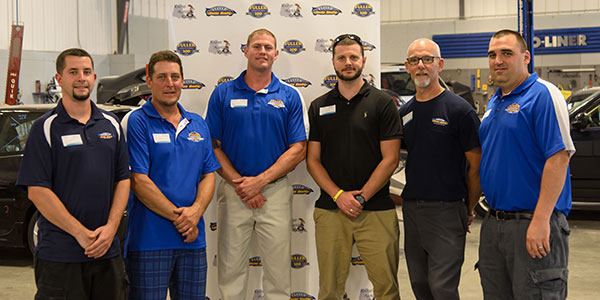
Efficient turnaround times and a sense of appreciation have gotten techs talking about Fuller’s Collision Center.
Furthermore, according to the National Employment Law Project, up until Sept. 6, 2021, the federal government was still paying out increased unemployment benefits related to the pandemic; ZipRecruiter.com, notes that 28 states were also continuing pandemic-related assistance through that time. Although those benefits have now come to an end, which should signify more people looking to enter the job market, employers are noting these job gaps on resumes and taking candidates’ willingness to work into heavy consideration.
For instance, Joshua Fuller, the fourth-generation owner of Fuller’s Collision Center in Auburn, Mass., has found that work ethic is indeed lacking nowadays.
“We find that qualifications are not aligning with the job requirements, and it seems as though job applicants aren’t that serious about securing a position. After you weed through the applicants that may be just going through the motions in order to check a box, it is important that we select the ones who share the same values and work ethic that is at the very center of our culture,” he says.
But work ethic isn’t the only issue at play. While Sheila Samuel-Lefor, co-owner with Jeff Samuel of Ideal CARSTAR Auto Body in Littleton, Arvada and Northglenn, Colo., agrees that her shop’s primary challenge has been finding technicians with the skillset needed to perform quality repairs, she also notes another problem.
“We have also been noticing that many of the technicians are nearing the age where they are looking to get out of the business, so the pool of technicians is shrinking quickly,” Samuel-Lefor says.
In fact, age and skillset often go hand-in-hand in the body shop industry. With vehicles becoming more and more technologically complex, the shop skills of yesteryear just don’t cut it anymore. In addition, the talent pool of trade-oriented job seekers is smaller than it ever has been.
According to Pew Research, 40% of millennials age 25 to 29 had at least a bachelor’s degree in 2016; compare this with 32% of Gen Xers in 2000, 26% of baby boomers in 1985 and 16% of the silent generation in 1964. With all the stress today’s high schools and teachers place on students going to college, you can expect those numbers to only increase with the upcoming generations. So, while Gen Z may be the most tech-savvy generation yet, it’s also likely to continue the trend of opting for a college degree over a trade school certification.
And yet, technicians today need that technical savvy to fix the giant, mobile computers that are cars today. However, more education means a higher expectation of wages, so that talent is coming to body shops at a much higher cost.
Show Me the Money
Another challenge facing not just shop owners but all business owners in general is the rising cost of employment. According to Bloomberg.com, since big-name employers like Amazon, McDonald’s, Target and Costco raised their minimum wages in 2021 to $17-plus, $13, $11 and $18 per hour respectively, all businesses are now subject to this competition for entry-level and low-wage jobs. In addition, on Jan. 1, 2022, new minimum wage laws went into effect in 22 states, says LaborLawCenter.
Unfortunately for shop owners, Samuel-Lefor notes, there’s really no other way to offset the costs of higher wages than to increase shop rates. Not only are shops experiencing massive increases in operating expenses, but employees are seeing those same increases in their daily living expenses.
“Paying any of our employees minimum wage ended several years ago,” Samuel-Lefor asserts. “The true reality is that we will not be able to increase wages if we do not see a quick increase in our labor rates in 2022. We are hoping that our DRP [direct repair program] partners are recognizing this as well and will realize that a significant increase is not only warranted but needed in order to obtain the talent required to accommodate the demand for qualified personnel.”
Of course, it’s not just technicians who are in demand. Shops have found that administrative responsibilities are also increasing, given the heightened focus on researching new technology, original equipment manufacturer (OEM) procedures, estimate documentation, parts procurement and customer service.
“Non-DRP insurers have also realized this and are relying more and more on the shops to complete tasks that once were the responsibility of the insurance appraiser,” Samuel-Lefor explains.
One way that Fuller’s shop tackles the wage issue is through a blended compensation package of a base wage and an individualized performance-based bonus plan. He notes, “Our base wage is reflective of what the employee contributes to team goals, and the performance plan is more reflective of the employees’ individual efforts in their role. Similarly, our base wage is what the organization can afford to pay for that role, and the performance plan comes into effect when actions exceed the organization’s goals.”
Bigger Benefits
So, aside from more attractive wages, what else can a shop do to attract new talent? The next idea to consider is changing the benefits package you offer.
“In order to offer a more robust benefits package, our company made the decision to move over to a PEO [professional employer organization] through our payroll company,” Samuel-Lefor explains. Now, her business offers 401k, health, dental, vision, long and short-term disability, life insurance, critical hospital care plans, accident plans, flexible spending accounts and legal assistance.
Furthermore, the shop no longer has a waiting period for benefits to take effect. Ideal CARSTAR pays its employees for all major holidays, beginning the first day of employment, and also has a paid-time off (PTO) accrual plan in place during the first year; once the employee’s one-year anniversary rolls around, he or she receives 14 PTO days.
However, you don’t just have to think in terms of health-related benefits. In fact, for an industry where having up-to-date knowledge is becoming more and more critical, education assistance is another key benefit you can offer. Fuller’s shop, for instance, pays for professional and technical training to keep its employees relevant and current with industry standards as well as to foster personal growth.
Ideal CARSTAR also focuses on improving education. “We do our best to identify a potential candidates’ career path. We work very closely with a couple of vocational schools in hopes of developing young talent,” Samuel-Lefor says. “We work with the students to identify what their vision is and train them in accordance to where they would like to end up within our organization. In addition, we let our technicians know that they could have a career beyond doing body work or if they are ready to transition. There are many different roles, such as estimating, parts roles or management, within our organization.”
Along with offering opportunities for keeping up-to-date with knowledge and certifications, another way shops can stay ahead is having the latest tools and equipment that will make technicians’ jobs easier and more efficient.
Finally, Fuller notes, if you’re looking for more out-of-the-box solutions, you could consider tuition reimbursement and subsidized childcare, for example. After all, there’s no one-size-fits-all solution to offering benefits. In addition to seeing what packages other body shops offer, look into other industries to see if there are any types of benefits gaining popularity that you have the wherewithal to provide.
Who’s Being Interviewed Here?
Why is it so important to offer all these benefits? Well, it turns out there’s a trend nowadays where, since technicians are in such high demand, they’re the ones interviewing the shops — and not the other way around.
Samuel-Lefor says that this statement is “100% correct.” To that end, her shop always conducts interviews with multiple team members — usually one of the owners, the general manager and the production manager. Her company wants candidates to know the team they would be working with daily.
“We feel that a ‘cultural fit’ is as important to us as it is to the candidate. We also conduct interviews with concise and direct questions and make sure that we listen and understand what our potential candidate is wanting to achieve within our organization. We never want to mislead a potential candidate,” she concludes.
Fuller also agrees that technicians are actually the interviewers now — and they’re looking for some specific aspects to a shop’s culture. In fact, he notes that there’s a generational difference shop owners need to be aware of when hiring new techs.
“In regards to the applicants that are relatively new to the work force, I believe those applicants want their voices to be heard and understood,” Fuller explains. “This is important to them. The younger workforce is not so much concerned about longevity with a company as it is with having the feeling of being ‘included’ and ‘part of’ the success of the company. Their voices have been more heard throughout their lives, as opposed to older generations, due to the rapid advancements of technological platforms they grew up with.”
To that end, getting techs to talk about your shop as a “shop of choice” means making them feel needed, important and appreciated. If you recognize and reward impressive efforts as well as communicate the shop’s key performance indicators (KPIs) as well as how quickly your team achieves its desired results, your techs will spread the word on their own, drawing more techs in to help continue your shop’s success.
“Unfortunately, in our industry, collision repair facilities are often operated on a platform within a severely antiquated business model. Our industry’s growth has been stunted by a wide variety of factors and repeat offenders. Any individual or organization that fails to recognize the proper amount of capital investment, technical training, customer service execution and dedication to industry manufacturer repair documentation in order to execute a proper repair within an appropriate time frame is detrimental to the marketplace,” Fuller concludes. “At the end of the day, anyone can complete a repair; however, being able to execute a safe repair with accurate and timely precision makes all the difference in the world.”





